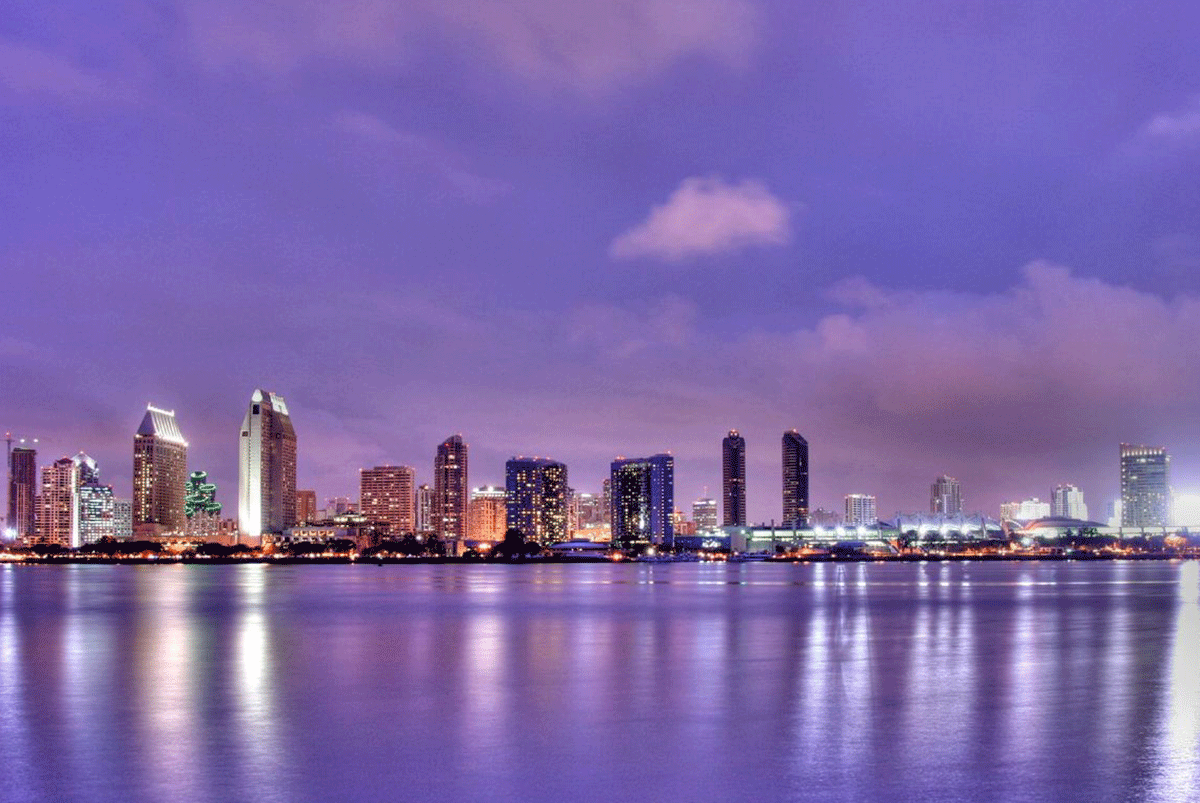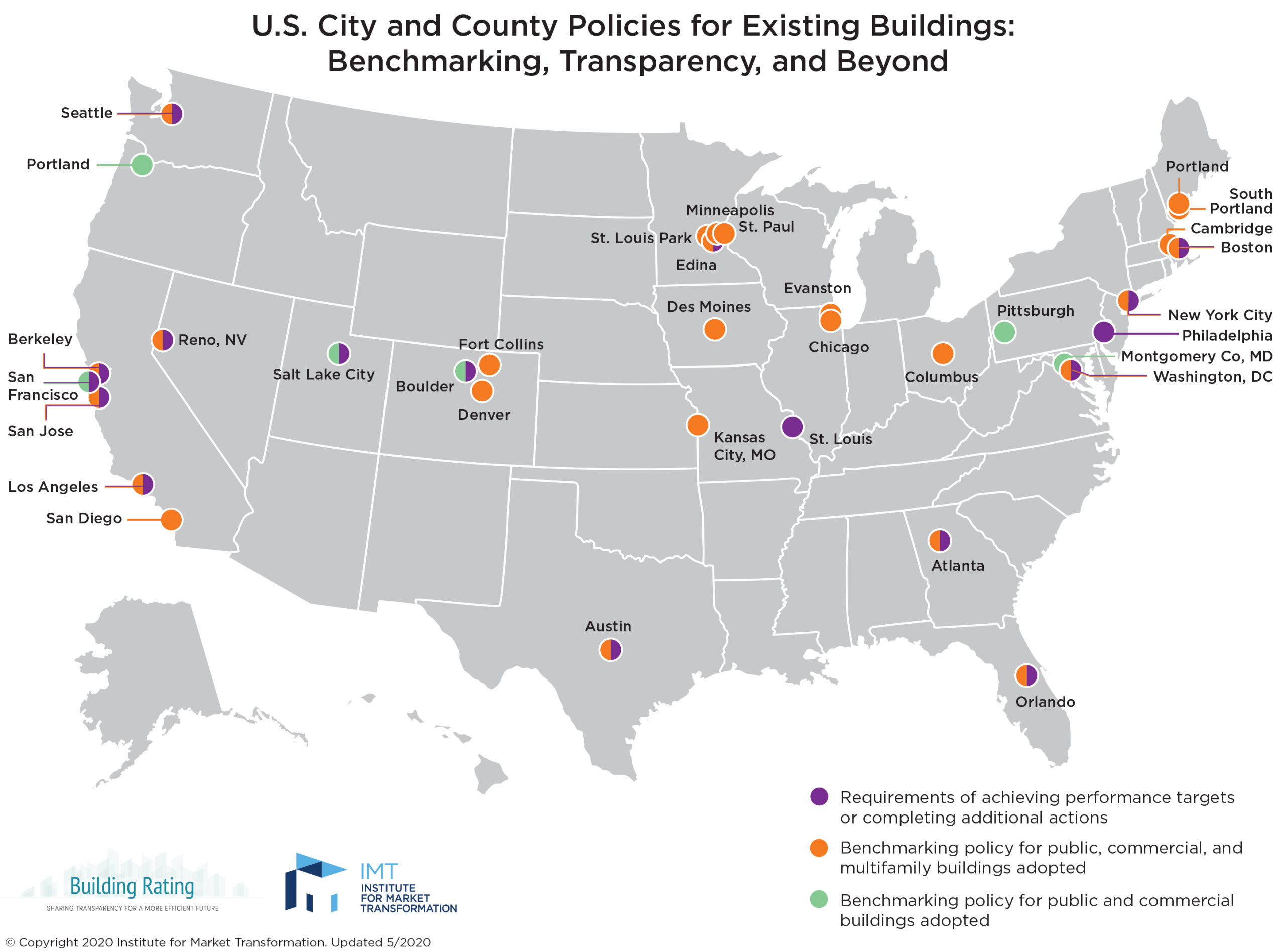UPDATE: The Tolling of Existing Buildings Energy and Water Efficiency (EBEWE) Program Deadlines Has Ended. The New 'Reissued' Deadline is September 7, 2023.
We, as a city and wider community, reached a milestone at the end of February with the rescinding of the City of Los Angeles COVID-19 Emergency Order. Included in the Executive Directive is the termination of 'tolling of Existing Buildings Energy and Water Efficiency (EBEWE) deadlines. In short, you have to comply with EBEWE on-time this year and submit previous non-compliance by September 7, 2023.
Top 3 Takeaways For Tolled Deadline Compliance
- The tolling (suspension) of EBEWE deadlines will end on February 28, 2023.
- LA Department of Building and Safety (LADBS) sent a "reissued" Notice to Comply for any building not in compliance for impacted years on March 7, 2023.
- You will have six (6) months from the notice issue date to submit compliance to LADBS. This means benchmarking and Phase II A/RCx compliance for any affected building must comply by September 7, 2023.
Top 3 Tips for EBEWE Compliance
- If your building needs EBEWE benchmarking compliance this year, and for previous years, Green Econome can benchmark and submit compliance for all years, bringing you up to date by the annual June 1st deadline.
- If your building requires EBEWE Audit & Retro-Commissioning (A/RCx) for compliance years 2021 or 2022, we recommend starting now. If your building doesn't meet an exemption and needs an ASHRAE Level II audit, allow a minimum of 3 months to comply.
- Contact us with questions, or to get started on your EBEWE compliance. We are happy to help!
ORIGINAL STORY
The City's COVID-19 Public Emergency Order Impacts EBEWE Deadlines, While the Program Moves Forward
Good News! In the email titled, “UPDATE REGARDING TOLLING OF EXISTING BUILDINGS ENERGY AND WATER EFFICIENCY (EBEWE) COMPLIANCE DATES” sent on Monday, October 24, 2022, by the Los Angeles Department of Building & Safety (LADBS), they announced that the deadline for EBEWE Phase II Audit / Retro-commissioning (A/RCx) requirements has been “tolled”, or delayed, yet again due to the City of Los Angeles Public Emergency Order (COVID-19), which is still in effect.
What Does This Mean? Three Facts You Need To Know About EBEWE Delays
- The December 1, 2022, deadline for buildings due to comply (LADBS Building ID ending with 2 or 3), has been delayed and late compliance will not be fined. This is an update to the already tolled deadlines for Phase I benchmarking program years 2019, 2020, and 2021, AND Phase II A/RCx compliance year 2021.
- Although the due dates have been paused while the emergency order is in effect, the program itself has not been paused. The city is encouraging all owners of covered buildings to submit data to continue developing energy and water efficiency programs.
- Tolling of Phase II A/RCx deadlines does not change your 5-year compliance timeframe. See the schedule below. This is particularly important for buildings seeking ENERGY STAR® Certification. Certification is independent of LADBS and adheres to the EPA’s application window, which is open until 12/9/22. You cannot submit for Certification of previous years.

What Does This Mean for My Building? Action Items for Compliance
It means that you’ve bought some time; and ultimately, your building should be both in compliance with annual benchmarking and the 5-year A/RCx requirements.
- For Green Econome clients, we are moving forward as though the deadlines are in place and doing everything in our power to fulfill your compliance on time.
- If you have let any of your reporting lapse, Green Econome can bring you up to date. We offer multi-year contracts with discounted pricing on retroactive benchmarking.
- If you have not started Phase II A/RCx for your building(s), please reach out to us ASAP for proposals. Full ASHRAE audits can take 2-3 months to complete. Additionally, ASHRAE audits are costly, and not always necessary if exemptions can be met. We determine your least-cost route to compliance, based on your (accurate) benchmarking data.
Deadlines may wait, but the climate crisis won’t. Nor will the Climate Action Plans and transition to clean energy that the city, county, and state are drafting. Your ENERGY STAR® benchmarking and building performance data directly informs our local policy. Please participate.
The full notice can be viewed and downloaded here. If you have more questions regarding this program in general, view our Q&A presentation, and contact us at any time to discuss your buildings further.
ORIGINAL: The City's COVID-19 Public Emergency Order Impacts EBEWE Deadlines, While the Program Moves Forward
Good News! In the email titled, “UPDATE REGARDING TOLLING OF EXISTING BUILDINGS ENERGY AND WATER EFFICIENCY (EBEWE) COMPLIANCE DATES” sent on Monday, October 24, 2022, by the Los Angeles Department of Building & Safety (LADBS), they announced that the deadline for EBEWE Phase II Audit / Retro-commissioning (A/RCx) requirements has been “tolled”, or delayed, yet again due to the City of Los Angeles Public Emergency Order (COVID-19), which is still in effect.
What Does This Mean? Three Facts You Need To Know About EBEWE Delays
- The December 1, 2022, deadline for buildings due to comply (LADBS Building ID ending with 2 or 3), has been delayed and late compliance will not be fined. This is an update to the already tolled deadlines for Phase I benchmarking program years 2019, 2020, and 2021, AND Phase II A/RCx compliance year 2021.
- Although the due dates have been paused while the emergency order is in effect, the program itself has not been paused. The city is encouraging all owners of covered buildings to submit data to continue developing energy and water efficiency programs.
- Tolling of Phase II A/RCx deadlines does not change your 5-year compliance timeframe. See the schedule below. This is particularly important for buildings seeking ENERGY STAR® Certification. Certification is independent of LADBS and adheres to the EPA’s application window, which is open until 12/9/22. You cannot submit for Certification of previous years.

What Does This Mean for My Building? Action Items for Compliance
It means that you’ve bought some time; and ultimately, your building should be both in compliance with annual benchmarking and the 5-year A/RCx requirements.
- For Green Econome clients, we are moving forward as though the deadlines are in place and doing everything in our power to fulfill your compliance on time.
- If you have let any of your reporting lapse, Green Econome can bring you up to date. We offer multi-year contracts with discounted pricing on retroactive benchmarking.
- If you have not started Phase II A/RCx for your building(s), please reach out to us ASAP for proposals. Full ASHRAE audits can take 2-3 months to complete. Additionally, ASHRAE audits are costly, and not always necessary if exemptions can be met. We determine your least-cost route to compliance, based on your (accurate) benchmarking data.
Deadlines may wait, but the climate crisis won’t. Nor will the Climate Action Plans and transition to clean energy that the city, county, and state are drafting. Your ENERGY STAR® benchmarking and building performance data directly informs our local policy. Please participate.
The full notice can be viewed and downloaded here. If you have more questions regarding this program in general, view our Q&A presentation, and contact us at any time to discuss your buildings further.
ORIGINAL: The City's COVID-19 Public Emergency Order Impacts EBEWE Deadlines, While the Program Moves Forward
Good News! In the email titled, “UPDATE REGARDING TOLLING OF EXISTING BUILDINGS ENERGY AND WATER EFFICIENCY (EBEWE) COMPLIANCE DATES” sent on Monday, October 24, 2022, by the Los Angeles Department of Building & Safety (LADBS), they announced that the deadline for EBEWE Phase II Audit / Retro-commissioning (A/RCx) requirements has been “tolled”, or delayed, yet again due to the City of Los Angeles Public Emergency Order (COVID-19), which is still in effect.
What Does This Mean? Three Facts You Need To Know About EBEWE Delays
- The December 1, 2022, deadline for buildings due to comply (LADBS Building ID ending with 2 or 3), has been delayed and late compliance will not be fined. This is an update to the already tolled deadlines for Phase I benchmarking program years 2019, 2020, and 2021, AND Phase II A/RCx compliance year 2021.
- Although the due dates have been paused while the emergency order is in effect, the program itself has not been paused. The city is encouraging all owners of covered buildings to submit data to continue developing energy and water efficiency programs.
- Tolling of Phase II A/RCx deadlines does not change your 5-year compliance timeframe. See the schedule below. This is particularly important for buildings seeking ENERGY STAR® Certification. Certification is independent of LADBS and adheres to the EPA’s application window, which is open until 12/9/22. You cannot submit for Certification of previous years.

What Does This Mean for My Building? Action Items for Compliance
It means that you’ve bought some time; and ultimately, your building should be both in compliance with annual benchmarking and the 5-year A/RCx requirements.
- For Green Econome clients, we are moving forward as though the deadlines are in place and doing everything in our power to fulfill your compliance on time.
- If you have let any of your reporting lapse, Green Econome can bring you up to date. We offer multi-year contracts with discounted pricing on retroactive benchmarking.
- If you have not started Phase II A/RCx for your building(s), please reach out to us ASAP for proposals. Full ASHRAE audits can take 2-3 months to complete. Additionally, ASHRAE audits are costly, and not always necessary if exemptions can be met. We determine your least-cost route to compliance, based on your (accurate) benchmarking data.
Deadlines may wait, but the climate crisis won’t. Nor will the Climate Action Plans and transition to clean energy that the city, county, and state are drafting. Your ENERGY STAR® benchmarking and building performance data directly informs our local policy. Please participate.
The full notice can be viewed and downloaded here. If you have more questions regarding this program in general, view our Q&A presentation, and contact us at any time to discuss your buildings further.







